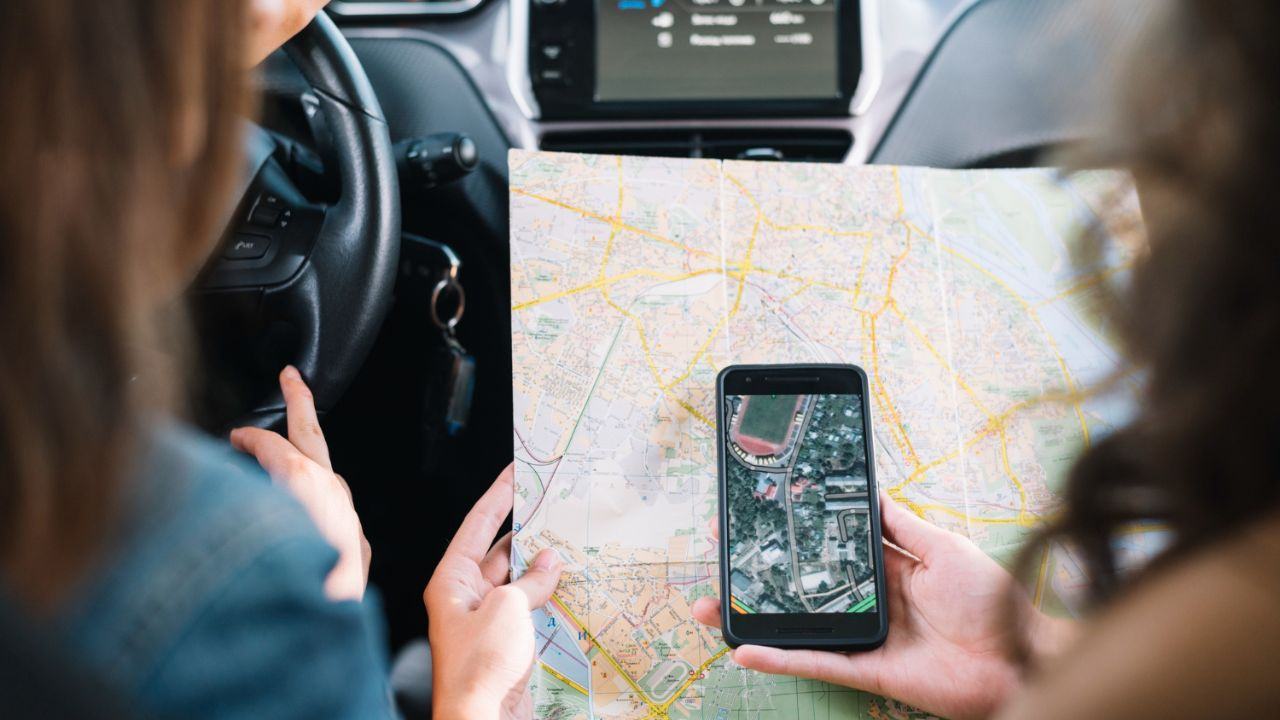Earlier this week, Google Maps made a tweak that’s grabbing attention: For electric vehicle (EV) drivers using Android Auto, gas stations have been nudged down the points of interest list. In fact, Google revealed that this feature has been accessible to EV drivers since 2022.
Pearl Xu, a spokesperson from Google, shared with The Verge, “In a bid to serve up the most pertinent information to our users, we rolled out a feature last year where EV drivers see charging stations as a shortcut instead of gas stations when using Google Maps on Android Auto.” She also pointed out that cars with Google’s native vehicle software have enjoyed this feature since 2020.
Eager to highlight Google Maps’ commitment to EV drivers, Xu listed out their EV-centric features:
Real-time charging port status:
Punch in “ev charging stations” on Google Maps and voila! You get the real-time status of available ports at nearby charging stations, saving you from needless queues.
Charging speed specifics:
With the ‘very fast’ charging filter, finding stations boasting chargers of 150 kilowatts or more is a breeze. For a lot of vehicles, this means a quick top-up and hitting the road again in under 40 minutes. There’s also a “fast” filter showcasing stations with 50kW or higher chargers.
Plug compatibility:
Ensure your EV feels right at home. Filter to see stations offering the exact plug type your EV needs.
Smart charging pit stops:
Planning a longer journey? Maps will offer charging stop suggestions by assessing factors like traffic conditions, your EV’s charge, and estimated energy use.
Charging stations in search:
Heading to the supermarket? Google Maps will tip you off if there’s a charging station at your destination. Convenient, right?
While the option for EV drivers to prefer charging stations over gas ones was introduced last year, it’s only now catching widespread attention. This might be due to an increasing number of EVs on the roads, especially models with Google’s native software like the Polestar 2, Volvo XC40 Recharge, Cadillac Lyriq, and the soon-to-be-released Acura ZDX.
It’s worth noting, however, that many EVs don’t run Google’s built-in software. And though giants like GM aren’t exactly cozying up to Android Auto and CarPlay, a big chunk of EV drivers use these phone-to-car systems. For them, the hope is simple: a smoother experience when hunting for a charging station. After all, charging shouldn’t be a hassle.
Subscribe to Our Latest Newsletter
To Read Our Exclusive Content, Sign up Now. $5/Monthly, $50/Yearly
Categories: Technology
Source: vtt.edu.vn
